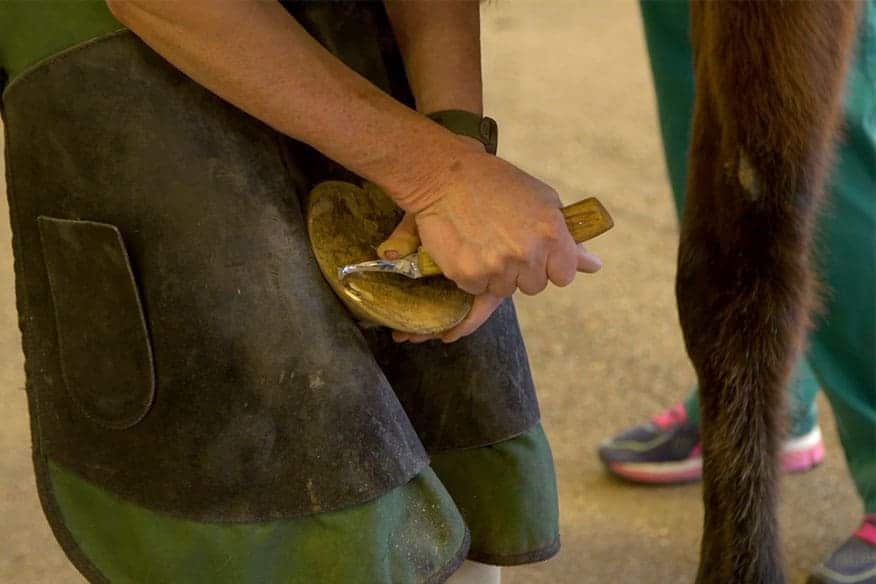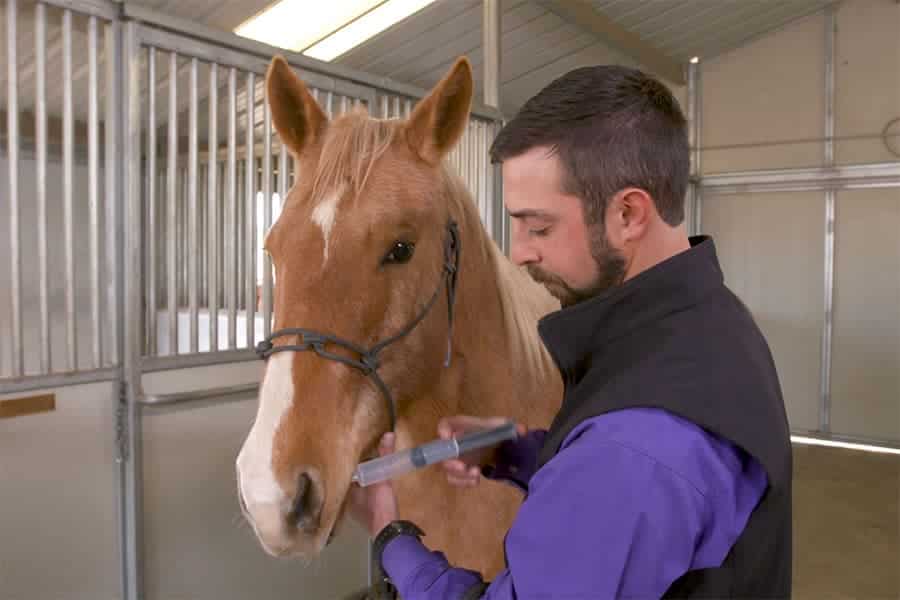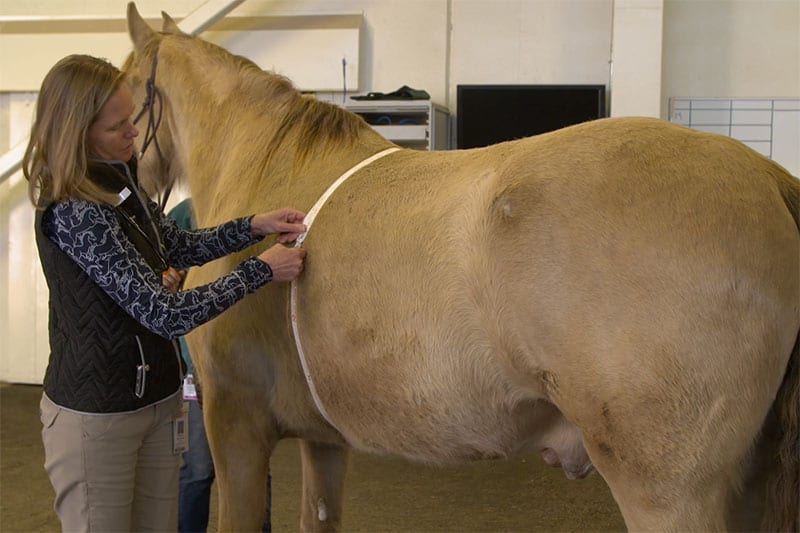
How Do I Know if My Senior Horse Is Getting Proper Nutrition?
Start by analyzing what your horse is eating when evaluating whether you’re meeting his nutritional goals.

Start by analyzing what your horse is eating when evaluating whether you’re meeting his nutritional goals.

A veterinarian explains the process of using poultice and wrapping a hoof.

Addressing hoof abscesses early can help horses have the best outcome.

Learn about feeding your senior horse in this archived recording of our podcast. Sponsored by Purina.

Learn how to give your horse oral medications safely.

Luke Bass, DVM, MS, Dipl. ABVP, explains how various restraint options work best.

Lara Tomich, DVM, Dipl. ACVD, says reducing pine in the affected horse’s immediate environment is key to preventing allergies.

Facts about equine hydration and how to ensure your horse gets the water his body needs.

You’re unlikely to overbathe an allergy-prone horse with the correct treatments, says an equine dermatologist.

Palpating your horse’s back can help you determine if he’s uncomfortable.

Lara Tomich, DVM, Dipl. ACVD, says more testing, environmental factors, and increased pollen counts could be to blame.

Create a basic equine first aid kit to prepare for minor injuries and be better equipped for an emergency.

An overactive immune system, environmental factors, genetics, and exposure all contribute to equine allergies.

Learn to keep your allergy-prone horse comfortable in this archived recording of our podcast. Sponsored by Kinetic Vet.

A careful approach to nutrition and exercise can help you keep your horse at an ideal weight.

Jessica Gould, DVM, demonstrates extracorporeal shock wave therapy on an Irish Sport Horse to help manage mild neck and back pain.
Stay on top of the most recent Horse Health news with
"*" indicates required fields